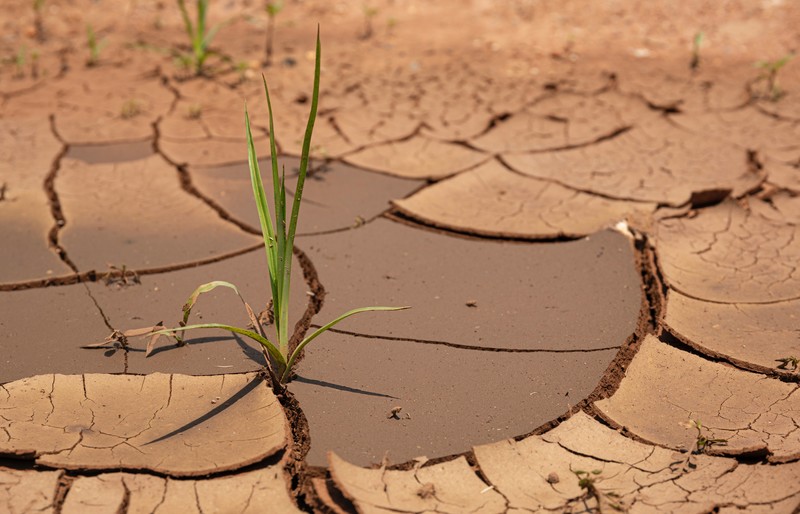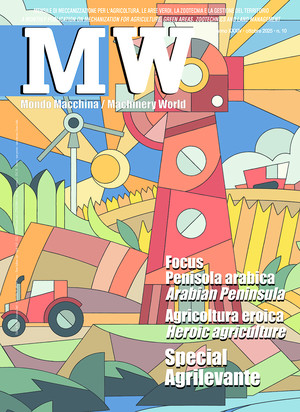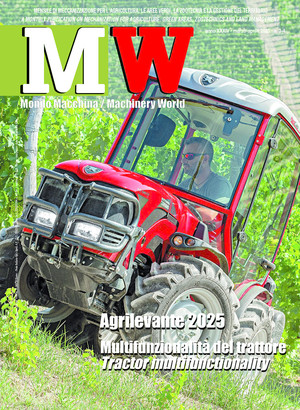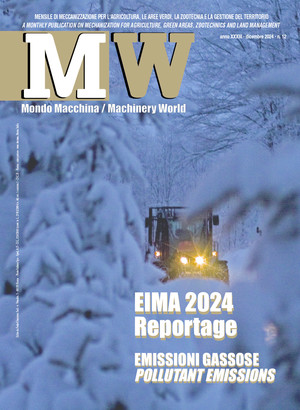Agriculture
Land consumption increases the greenhouse effect
10.11.2023
Italian cities are getting hotter than less urbanized areas. In fact, during last year’s summer season, the temperature differences between the inhabited centers in the plains and the rest of the national territory reached an average of 4 degrees. This was announced by ISPRA (the Italian Institute for Environmental Prevention and Research) on the occasion of the presentation of the annual report "Land consumption in Italy 2023", held in Genoa on 25 October. According to the Institute, land consumption significantly affects the heating of urban centers, which in 2022 advanced by another 77 km2, 10% more than the previous year. In addition to making heat waves more severe, overbuilding also increases the hydrogeological risk, as it reduces the soil's natural ability to absorb water: in Italy – states the report - in areas at hydraulic risk, soil consumption has determined the waterproofing of over 900 hectares of land, making them more exposed to flood phenomena. Furthermore, the advance of cement causes a constant decrease in agricultural surfaces, which lost another 4,500 hectares in 2022 (63% of total land consumption in 2022). The data provided by ISPRA are the result of a new cartography that updates and revises the entire historical series using more recent high-resolution satellite images.
Photo by Carlett Badenhorst on Unsplash








